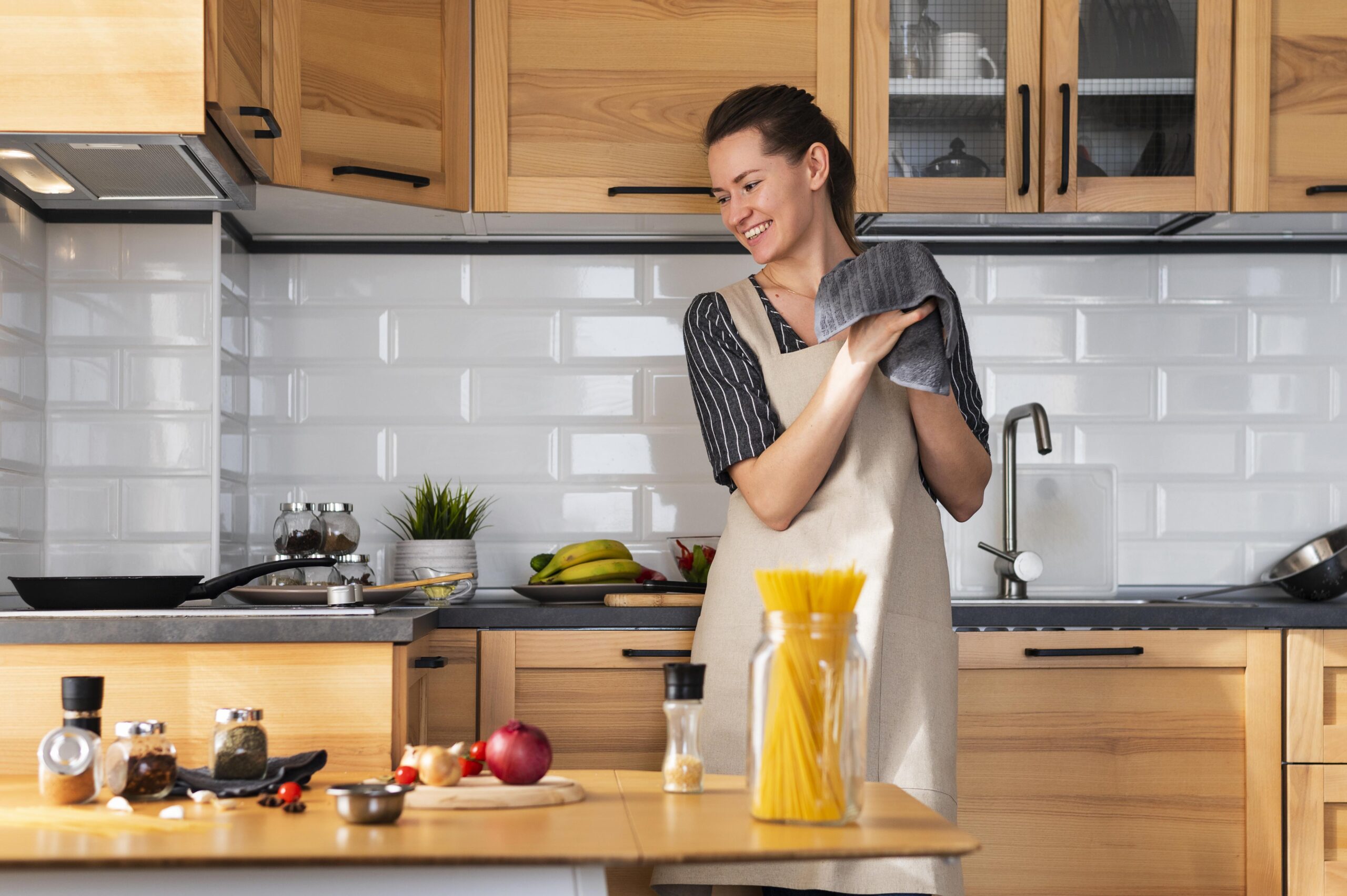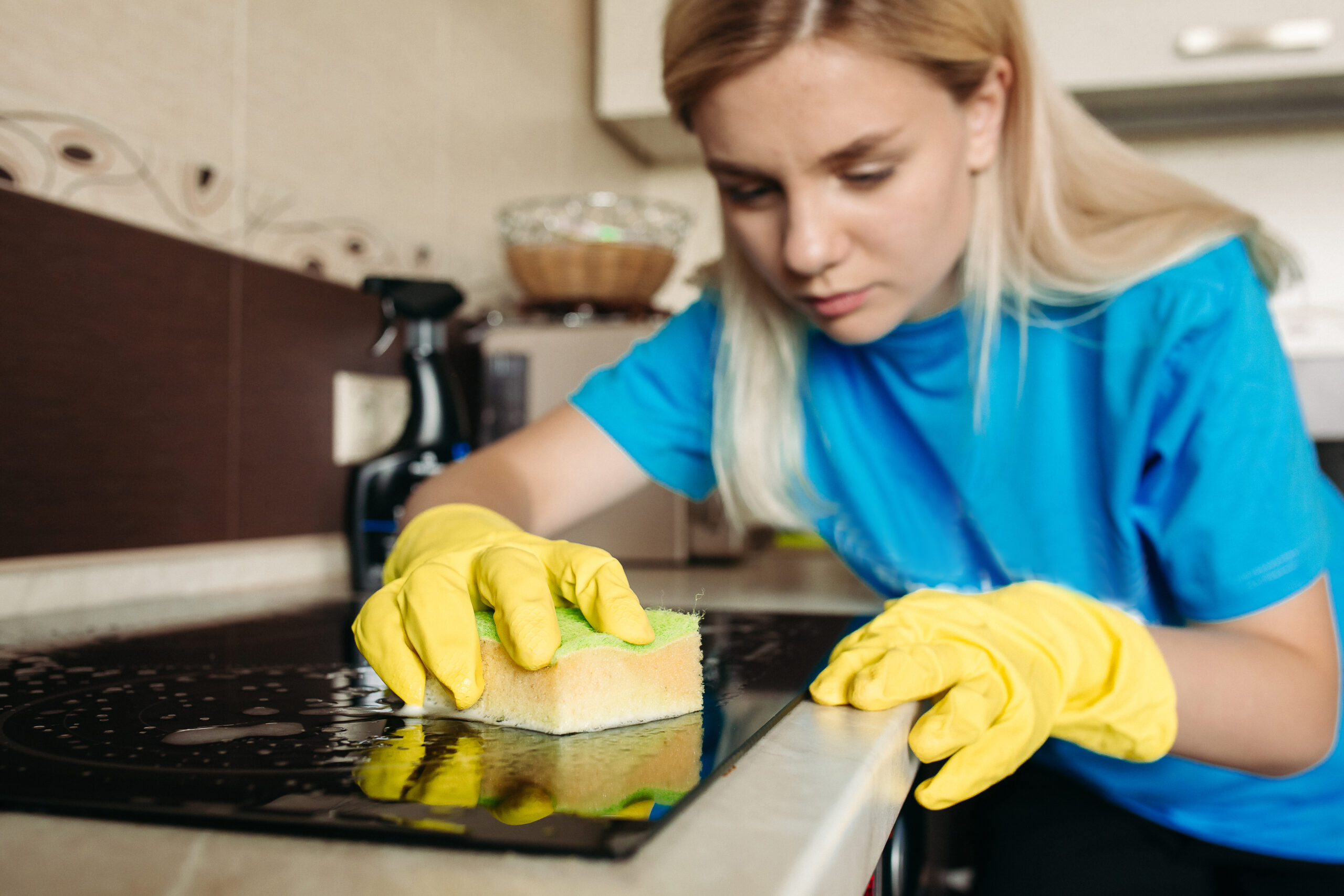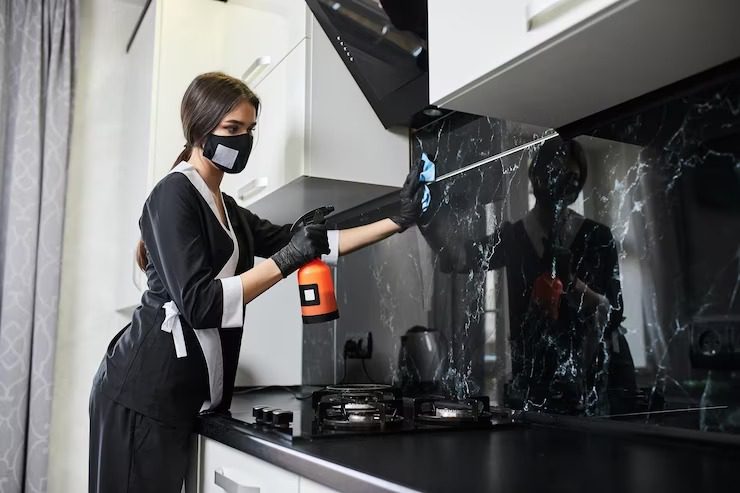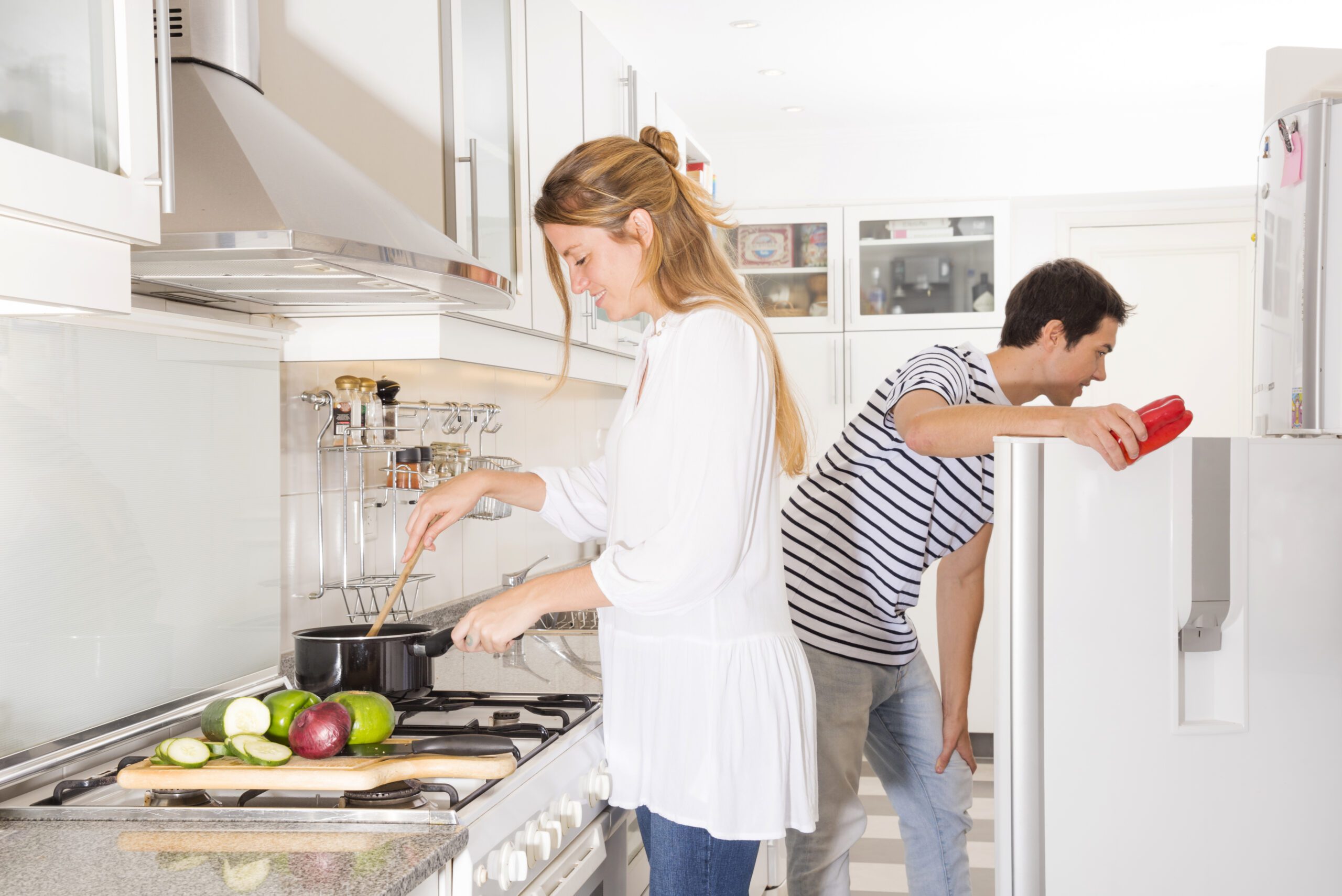Blog Standard

We all know that the kitchen is the heart of any home, where delicious meals are whipped up and memories are made. But have you ever stopped to think about the importance of hygiene in this culinary haven? Well, fear not! In this article, we’ll dive into the top 10 hygiene rules every kitchen wizard should follow. We’ve got you covered from washing your hands religiously to keeping your cutting boards squeaky clean. So, grab your apron, and let’s embark on a journey to a more hygienic, safer, and tastier kitchen!
Read More: Types of Kitchen Hygiene that You Sould Know About
🔺 10 Personal Hygiene Rules in the Kitchen
① Wash Hands Frequently

First things first, always wash your hands! It might seem obvious, but it’s easy to forget, especially when you’re in a rush. Make sure to wash your hands with warm water and soap for at least 20 seconds before and after handling food. This will help prevent the spread of harmful bacteria and keep your kitchen environment clean.
② Use Separate Cutting Boards for Raw Meat

Cross-contamination is a big no-no in the kitchen. To avoid this, use separate cutting boards for raw meat, poultry, and seafood. This will prevent bacteria from spreading to other foods, like fruits and vegetables, that you may be prepping on the same surface.
③ Clean As You Go

Cleaning up throughout the cooking process can make a huge difference in keeping your kitchen tidy. Wipe down counters, cutting boards, and utensils regularly to avoid bacteria buildup. Plus, you’ll thank yourself later when you don’t have a mountain of dishes to do!
④ Cook Foods to Proper Temperatures

Cooking your food to the right temperature is crucial for both taste and safety. Use a food thermometer to ensure your meats, poultry, and fish are cooked to the minimum internal temperatures recommended by health authorities. This will kill any harmful bacteria and make your meal safe to eat.
⑤ Refrigerate Perishable Foods Promptly

Don’t leave perishable foods out at room temperature for too long. Bacteria can grow quickly, so it’s essential to refrigerate or freeze these items within two hours of purchasing or cooking them. Keep your fridge set at 40°F (4°C) or below to keep food safe and fresh.
⑥ Thaw Frozen Foods Properly

Thawing frozen foods on the counter is a bad idea, as it can lead to bacteria growth. Instead, thaw your food in the refrigerator, in cold water, or in the microwave. Just remember to cook it immediately after thawing if you used the microwave or cold water method.
⑦ Avoid Cross-Contamination

We’ve touched on this a bit already, but it’s worth repeating. Keep raw meat, poultry, and seafood separate from other foods in your fridge, and wash your hands, utensils, and surfaces after handling these items. This will help prevent the spread of bacteria and keep your kitchen safe.
⑧ Wash Fresh Fruits and Vegetables

Before eating or cooking with fresh fruits and vegetables, give them a good rinse under cold running water. This will wash away dirt, debris, and possible pesticide residues. You can use a soft brush to gently scrub produce with firmer skin, like potatoes or cucumbers.
⑨ Clean Can Openers and Bottle Openers

These tools can often be overlooked when it comes to cleaning, but they come into contact with your food just like other utensils. Make sure to wash your can openers and bottle openers regularly to avoid any buildup of bacteria or grime.
⑩ Clean Reusable Bags

If you’re using reusable bags for grocery shopping, don’t forget to give them a good clean every now and then! They can become contaminated with bacteria from raw meats or dirty produce. Wash them in hot, soapy water or throw them in the washing machine if they’re machine-washable.
Read More: 11 Personal Protective Equipment for Cooking in Home kitchen
Frequently Asked Question About 10 Hygiene Rules in The Kitchen
Q. What are 5 kitchen hygiene rules?
Wash hands, avoid cross-contamination, sanitize surfaces, wash dishes properly, store food at proper temperature.
Q. What are 10 tips for good hygiene?
Wash hands, shower daily, brush teeth twice a day, wear clean clothes, wash hair regularly, clip nails, wash clothes regularly, sanitize tech devices, ventilate living spaces, avoid smoking.
Q. What are the basic hygiene in the kitchen
Wash hands, avoid cross-contamination, cook food thoroughly, chill perishable food promptly, wash fruits and vegetables, use separate equipment for raw meat.
Q. What are two hygiene rules in the kitchen?
Wash hands, avoid cross-contamination.
Q. What are the 3 types of hygiene?
Personal hygiene, home hygiene, food hygiene.
Conclusion
Let’s not underestimate the importance of good hygiene in the kitchen. We’ve covered the basics here with our 10 hygiene rules, from washing hands to keeping surfaces clean. Remember, it’s not just about avoiding a tummy ache, but also preventing the spread of harmful bacteria. So next time you’re whipping up a culinary masterpiece, keep these rules in mind and keep your kitchen squeaky clean. Happy cooking, and stay safe!




























